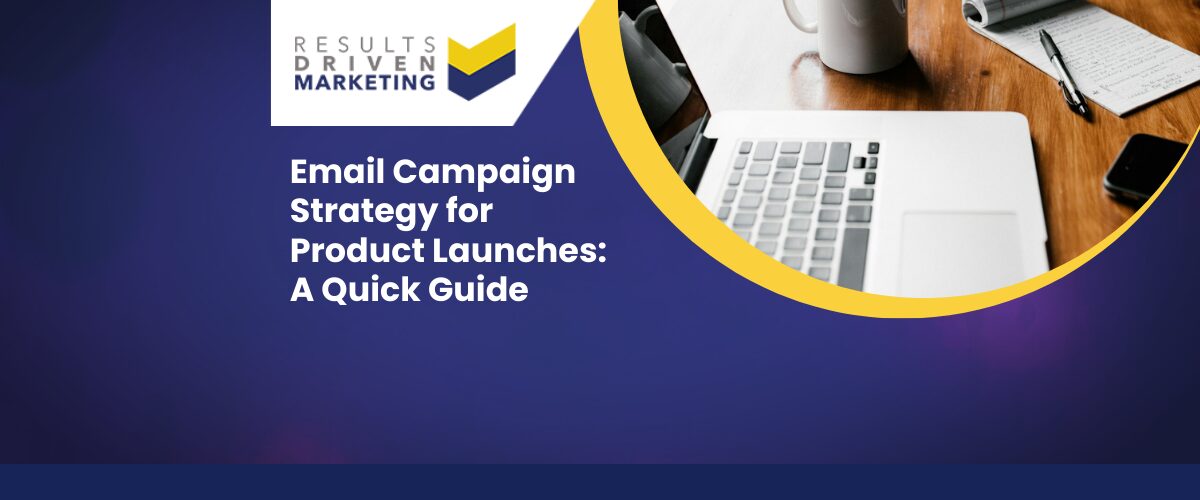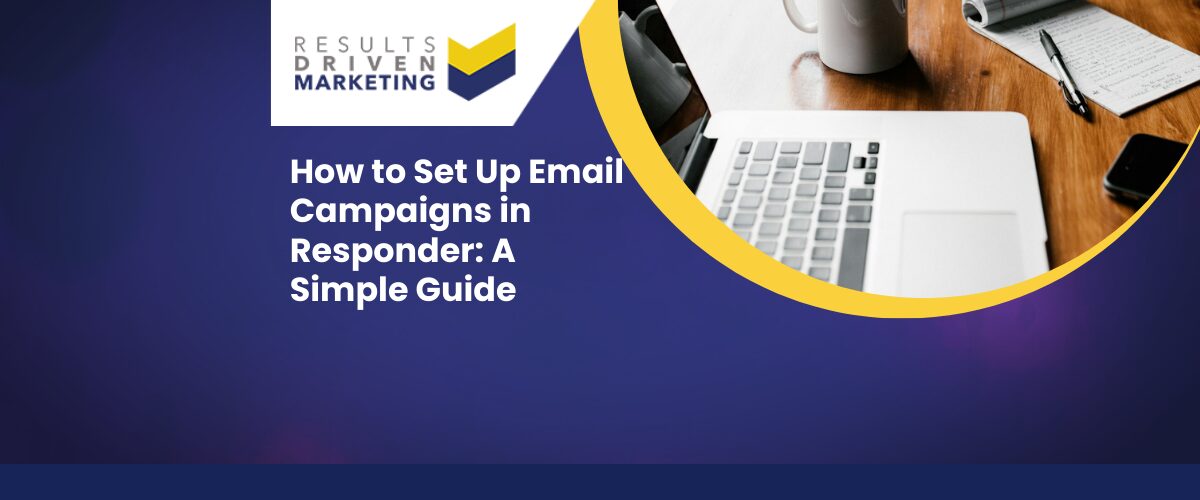
How to Build a Cold Email Campaign That Gets Results
Knowing how to build a cold email campaign that actually delivers results is one of the most valuable skills in B2B marketing — especially if you’re using purchased data. But for many UK SMEs, it’s a guessing game. You fire off a few emails, hope someone bites, and when nothing happens, it’s easy to assume cold outreach just doesn’t work.
The truth? It can work — brilliantly — when it’s done right. That means more than writing a decent email. It means planning your audience, message, timing, and follow-up like a proper campaign, not a one-off send.
In this guide, we’ll walk you through a step-by-step process for building cold email campaigns that create real conversations with real decision-makers. Whether you’re a business owner, sales director, or marketing lead, you’ll learn how to structure, write, and run outreach that gets replies — not just opens.
Table of contents:
Why Cold Email Still Works (When Done Properly)
Cold email often gets a bad rap — and to be fair, a lot of it is deserved. If your inbox has ever been hit with generic, irrelevant messages from companies you’ve never heard of, you know exactly why cold outreach has a reputation problem.
But the truth is, cold email still works — when it’s done right.
For UK SMEs, it’s one of the fastest and most cost-effective ways to reach decision-makers directly. Unlike ads or social posts that wait for someone to scroll by, cold email puts your message straight into the hands of the right contact.
Here’s why it still delivers results:
-
You control the targeting – Hit specific sectors, job titles, or geographies with precision
-
It scales easily – Send to hundreds or thousands with minimal cost
-
It creates conversations – A well-written cold email doesn’t sell — it starts a dialogue
The key is relevance. A thoughtful, relevant message sent to the right person at the right time is still one of the most powerful tools in your outbound strategy.
Step 1 – Define Your Target Audience
The foundation of how to build a cold email campaign that works starts with knowing who you’re targeting. One of the biggest reasons campaigns fail is because they try to speak to everyone — and end up resonating with no one.
Start with Segmentation
If you’re using purchased B2B data, proper segmentation is everything. Define your ideal prospect by:
-
Job title or decision-making role (e.g. MDs, marketing directors, operations managers)
-
Industry or sector (e.g. construction, professional services, eCommerce)
-
Company size (e.g. 10–50 employees, £1M+ turnover)
-
Geography (UK-wide or region-specific targeting)
The tighter your targeting, the more relevant your messaging can be — and that’s what drives responses.
Align Targeting with Your Offer
Don’t just segment for the sake of it — tailor your campaign to match each segment’s needs or pain points. For example:
-
Are you offering lead generation support for overstretched sales teams?
-
Or helping local businesses hit growth targets in Q4?
When your data matches your message, engagement goes up — and so does ROI.
Step 2 – Build Your Campaign Framework
Once you know who you’re targeting, the next step in how to build a cold email campaign is structuring your outreach properly. Too many SMEs send a one-off email and hope for the best — but cold email works best as a sequence, not a shot in the dark.
Set a Clear Campaign Objective
Before writing anything, decide what you want the recipient to do:
-
Book a discovery call
-
Request a quote
-
Download a sample or case study
-
Refer you to the right contact
Your objective should shape the tone, structure, and CTA of every email in your sequence.
Plan the Email Sequence
Most cold email campaigns need more than one touch to get a reply. A basic framework might look like:
-
Email 1 – Short intro + value proposition
-
Email 2 – Follow-up with added detail or example
-
Email 3 – Nudge with case study or testimonial
-
Email 4 – Final attempt with urgency or CTA reminder
Each email should build on the last — not just repeat it.
Timing and Cadence
Don’t spam, but don’t disappear either:
-
Leave 2–4 business days between each message
-
Avoid Fridays or Mondays for best engagement
-
Stay consistent, especially if you’re following up manually
A clear framework ensures your campaign runs smoothly — and that no opportunity gets missed.
Step 3 – Write Emails That Get Replies
Knowing how to build a cold email campaign means writing messages that don’t just land — they get noticed, opened, and acted on. You don’t need to be a copywriter to do this well — just follow a proven structure and stay relevant.
Nail the Subject Line
Your subject line decides whether the email is even read. Keep it:
-
Short (3–6 words works best)
-
Clear, not clickbait
-
Personalised where possible (e.g. “Quick question about [company]”)
Avoid spammy phrases like “guaranteed”, “free trial”, or “limited time offer”.
Use a Simple Message Structure
A cold email should feel like it’s from one human to another — not a marketing machine. Here’s a simple structure:
-
Opening line – Mention something relevant to their role, industry, or pain point
-
Value proposition – What you help with and why it matters
-
Social proof or example – A quick stat, result, or relatable client type
-
Clear CTA – One action, e.g. “Would a quick call this week make sense?”
Keep It Brief
Aim for 4–7 sentences max. No one reads long cold emails. Make it easy to skim — clear line breaks, no jargon, no fluff.
Write Like You Talk
Skip the formal intros (“To whom it may concern”) and over-polished sales talk. Be professional, but sound human. A conversational tone builds trust and encourages replies.
Step 4 – Handle Replies and Follow-Ups
Once your campaign starts generating responses, it’s how you handle them that determines your results. Learning how to build a cold email campaign isn’t just about sending emails — it’s about managing what comes next.
Responding to Positive Replies
When someone shows interest:
-
Reply quickly — ideally the same day
-
Keep the momentum going with a simple next step (e.g. “Let’s schedule a quick 15-min call”)
-
Be clear and direct — don’t overcomplicate the reply
Handling Soft Interest or Objections
Not everyone will say “yes” straight away. Some might ask:
-
“Where did you get my details?”
-
“Can you send more info?”
-
“We’re not looking right now.”
Respond politely, stay helpful, and aim to keep the door open. Even a “not now” can become a sale later.
Knowing When to Stop
If someone unsubscribes, says “not interested”, or doesn’t reply after your full sequence — stop. Continuing beyond that point is not only poor etiquette, it risks compliance issues.
Step 5 – Track, Test, Improve
The final step in how to build a cold email campaign that actually works is ongoing improvement. If you’re not measuring what’s working (and what’s not), you’re leaving money on the table.
Focus on the Right Metrics
While open rates and click rates are useful, the most important metrics are:
-
Reply rate – Are people engaging with your message?
-
Positive replies – Are those replies leading to conversations or bookings?
-
Conversion rate – How many of those conversations turn into leads or sales?
What to Tweak and Test
If results are underwhelming, review:
-
Targeting – Are you speaking to the right people?
-
Subject lines – Try small changes in tone or length
-
Message content – Is the offer relevant and clearly explained?
-
Timing – Test different send days and times
Keep Campaigns Fresh
Don’t run the same message for months on end. Refresh your sequence every few weeks:
-
New examples or case studies
-
Different angles for the same service
-
Seasonal relevance or timely industry issues
Common Cold Email Mistakes to Avoid
Even with a solid plan, it’s easy to slip into bad habits that kill your results. If you want to master how to build a cold email campaign, here are the most common mistakes to watch out for:
Sending One Email and Giving Up
Most replies come from the second or third touch, not the first.
No Follow-Up Strategy
Each email should have a purpose and build on the last.
Overcomplicating the Message
Keep it short, clear, and focused on one outcome.
No Clear CTA
Don’t assume — tell the reader what to do next.
Ignoring Compliance Basics
Your emails must identify who you are, offer an opt-out, and follow GDPR principles to avoid risk.
Why Choose Results Driven Marketing
If you’re serious about getting results from cold email, the data behind your campaign is just as important as the message. At Results Driven Marketing, we help SMEs across the UK understand how to build a cold email campaign that’s both compliant and effective — using high-quality data tailored to their goals.
-
UK-Focused, GDPR-Compliant Data
-
Segmented by sector, size, title, and region
-
Campaign support from real people who care
-
Trusted by SMEs across the UK
Need help getting started? Browse our email lists or contact us for tailored support.
Ready to Build Your Next Cold Email Campaign?
If you’ve been wondering how to build a cold email campaign that actually works — now you have the blueprint.
👉 Contact us for a free 15-minute call to review your cold email strategy
👉 Need a list? View our email lists to get started fast
Results Driven Marketing
Helping businesses go from bad data to more customers and profits.
📍 Based in Newcastle at Cobalt Business Exchange
📞 Call us on 0191 406 6399
🌐 rdmarketing.co.uk





